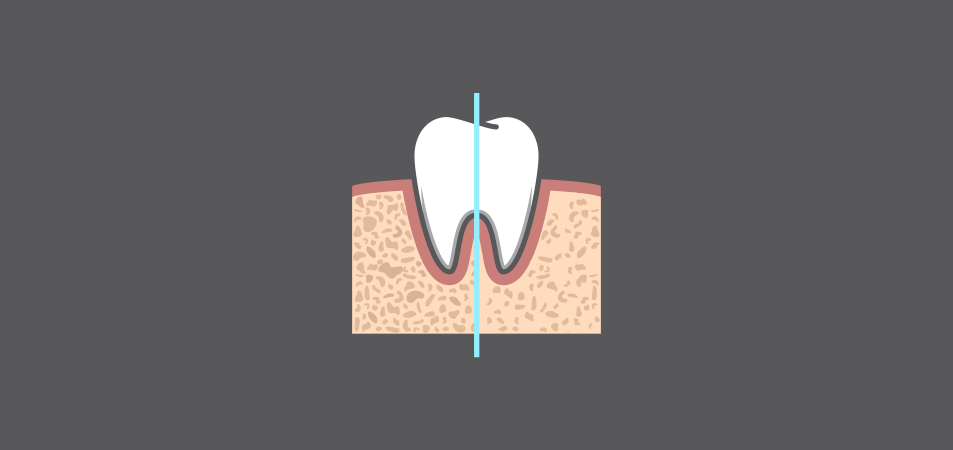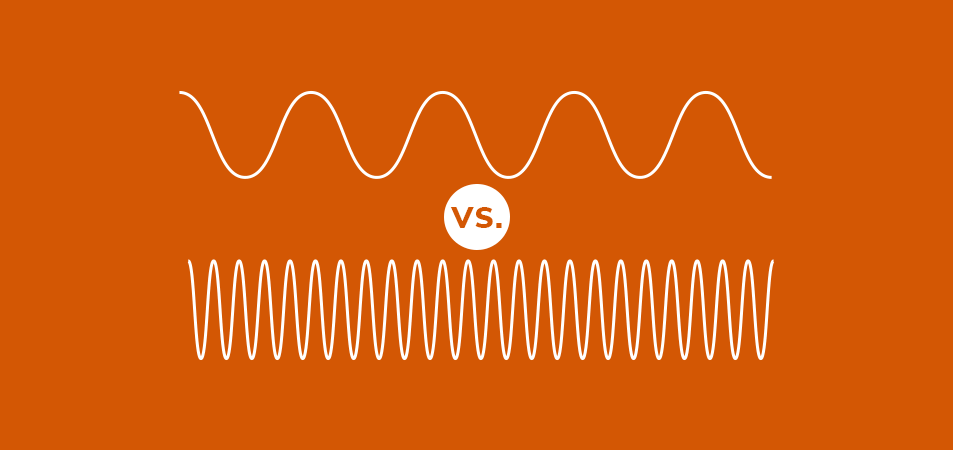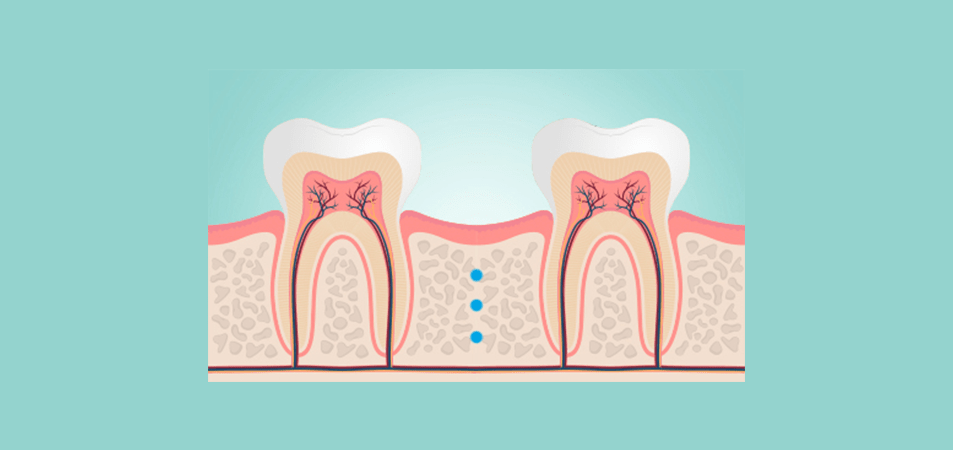Vibration paradox in orthodontics: Anabolic and catabolic effects
Alikhani, Mani et al.
PLOS ONE 13(5): e0196540
Introduction: Vibration in the form of High Frequency Acceleration (HFA) is anabolic on the craniofacial skeleton in the absence of inflammation. Orthodontic forces trigger an inflammation-dependent catabolic cascade that is crucial for tooth movement. It is unknown what effect HFA has on alveolar bone if applied during orthodontic treatment.
Methods: The objectives of this study are to examine the effect of HFA on the rate of tooth movement and alveolar bone, and determine the mechanism by which HFA affects tooth movement. Adult Sprague Dawley rats were divided to control, orthodontic force alone (OTM), and different experimental groups that received the same orthodontic forces and different HFA regimens. Orthodontic tooth movement was assessed when HFA parameters, frequency, acceleration, duration of exposure, and direct or indirect application were varied.
Results: We found that HFA treatment significantly enhanced the inflammation-dependent catabolic cascade during orthodontic tooth movement. HFA treatment increased inflammatory mediators and osteoclastogenesis, and decreased alveolar bone density during orthodontic tooth movement. Each of the HFA variables produced significant changes in the rate of tooth movement and the effect was PDL-dependent. This is the first report that HFA enhances inflammation-dependent catabolic cascades in bone.
Conclusion: The clinical implications of our study are highly significant, as HFA can be utilized to enhance the rate of orthodontic tooth movement during the catabolic phase of treatment and subsequently be utilized to enhance retention during the anabolic remodeling phase after orthodontic forces are removed.



